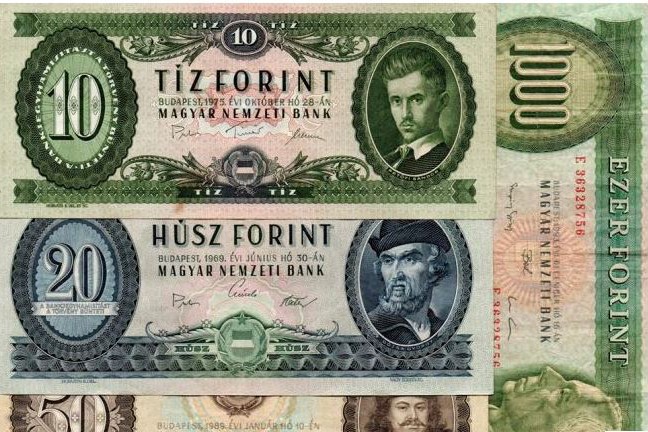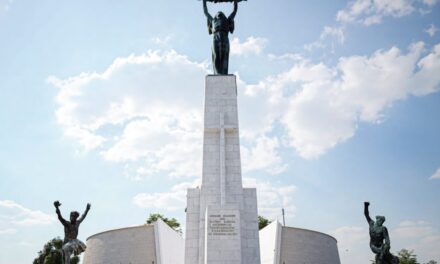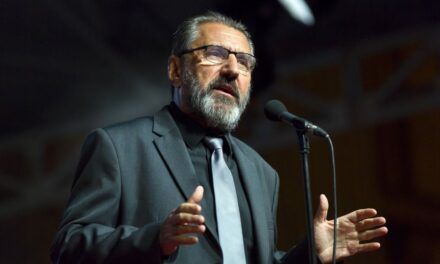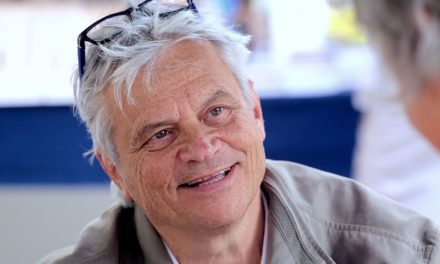What connects an Alpine village and a train full of gold with the birth of the forint and the Hungarian National Bank? A story suitable for a movie, which played an important role in the fact that our country was able to introduce the HUF on August 1, 1946. The Money Museum, which opened in March, is a worthy memorial to the rescuers of the central bank reserve, so that as many people as possible can get to know their story - Gergely Fábián, head of the Money Museum, begins his article in Magyar Hírlap.
The author flashed some interesting facts that await visitors at the museum on Monday. As you can read:
Gold plays a prominent role in the Money Museum, which operates under the auspices of the Hungarian National Bank, as it has extraordinary historical significance from an economic point of view. The lower level of the museum is a gold mine installation, which provides a lot of information about gold itself and its mining. The exhibition offers the opportunity to see many gold coins, and visitors can even lift a gold bar as the closing attraction, as well as gain a lot of information about gold bars and the gold reserves of central banks. However, there is an even more special part of the exhibition, which is about the central bank gold train. But what is this central bank gold train?
Towards the end of the Second World War, as the front reached our country, the Hungarian National Bank began to export the country's thirty tons of gold reserves. In November 1944, two hundred and thirty employees of the central bank volunteered for the dangerous and trying task, in which they finally rescued the country's treasures via Veszprém and Fertőtoboz on an adventurous journey to Spital am Pyhrn in Austria in January 1945. In addition to the gold, the legendary Golden Train transported the entire collection of banknotes, the country's foreign exchange reserves, art treasures (including the Holy Crown, which began its adventurous journey to Veszprém) and important bank documents. The valuables were stored in the crypt of the church of the Benedictine abbey in the Alpine village and in the monastery building, the church also housed the currency management area of the central bank.
The story really fits a movie: central bank officials and their families undertook the dangerous journey in order to prevent the treasure from falling into Nazi or Soviet hands. Resisting Nazi and Arrow orders, treasure-hunting officers, the decision was finally made to hand over the treasure to the approaching Americans for safekeeping. For this purpose, a secret delegation traveled to Salzburg, which was liberated by American troops just days before their arrival. Needless to say, what would have happened if the Germans had discovered this plan.
Thanks to the delegation, the American army arrived at Spital before the German and Soviet troops, and the gold was transported. The heroism of the central bankers essentially saved the Hungarian economy during the stormy historical period, since after the war, in the summer of 1946, the shipment containing the thirty tons of gold reserves returned to our country intact. This gold stood behind the forint introduced on August 1, 1946, and thus became one of the main pillars of the post-war economic and financial consolidation.
At the Money Museum, on August 1, we remember not only the forint's 76th birthday, but also this story and the heroes of the central bank. On the open day, which lasts until eight in the evening, from four in the afternoon, special forint birthday programs await the lovely visitors in the museum, including the screening of this year's documentary film about the Central Bank's gold train every hour.
Source: Magyar Hírlap
Photo: Wikipedia













